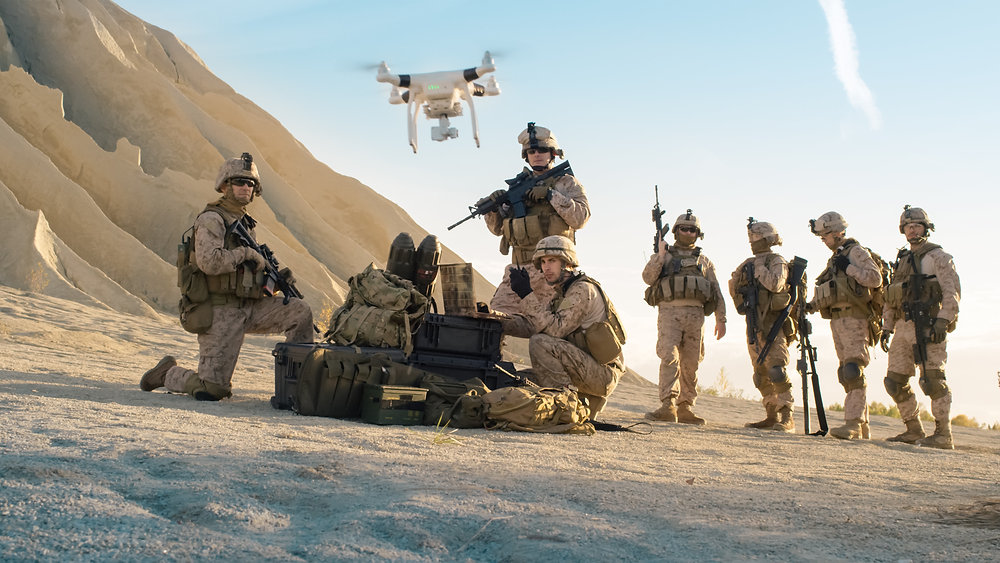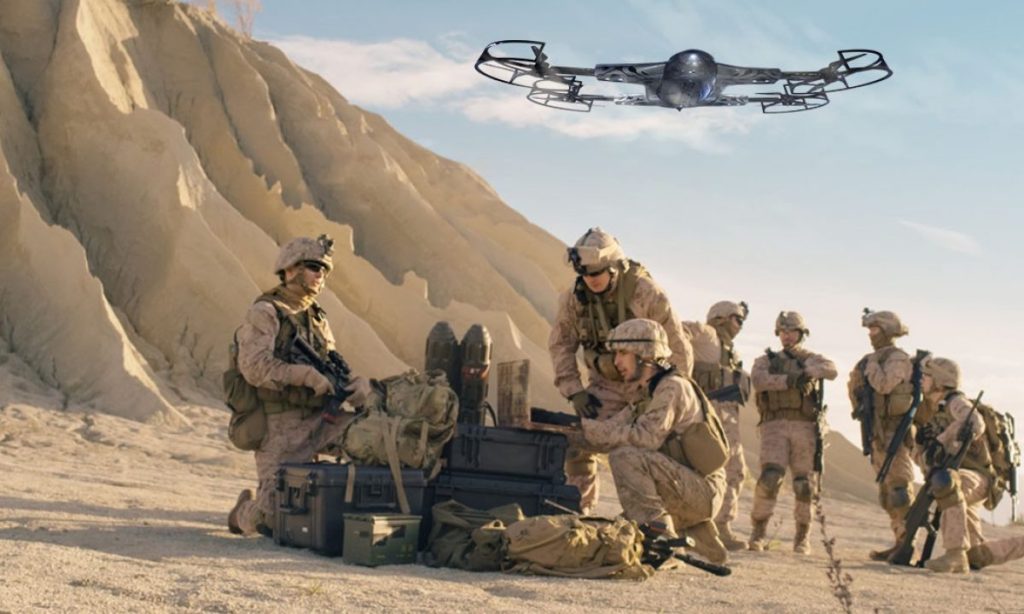Physical Address
304 North Cardinal St.
Dorchester Center, MA 02124
Physical Address
304 North Cardinal St.
Dorchester Center, MA 02124


This post may contain affiliate links. As an Amazon Associate, we may earn commissions from qualifying purchases.
Have you ever wondered how modern militaries are incorporating advanced technology to enhance their capabilities? One transformative technology, land drones, or Unmanned Ground Vehicles (UGVs), has become increasingly significant in military applications over the years. With advancements in robotics and AI, land drones are revolutionizing how ground operations are conducted.

Land drones, or Unmanned Ground Vehicles (UGVs), are robotic systems that travel on the ground without an onboard human presence. They are controlled remotely or operate autonomously to support a range of military actions. These vehicles come equipped with sensors, cameras, and sometimes weapons, making them versatile tools in modern warfare.
UGVs initially had rudimentary capabilities, often controlled by simple remote systems for specific tasks. Over the years, technological advancements in sensors, artificial intelligence, and machine learning have given rise to highly sophisticated land drones. These advances have made UGVs indispensable in various military roles.
The integration of land drones into military operations provides numerous advantages, rendering them invaluable assets on the battlefield.
One of the primary roles of land drones is to improve human safety. By taking on dangerous tasks like bomb disposal or reconnaissance in hostile environments, they reduce the risk to soldiers.
Land drones are equipped with advanced sensors and cameras that provide real-time data. This capability is essential for surveillance and reconnaissance, helping military units gather critical information without exposing soldiers to danger.
UGVs offer unmatched precision and efficiency in tasks ranging from logistical support to combat operations. Their ability to navigate challenging terrains and operate in harsh conditions makes them highly reliable.
While the initial investment in land drone technology can be significant, the long-term cost-effectiveness is substantial. Reducing the need for human soldiers in high-risk scenarios minimizes medical and compensation costs, making UGVs a financially sound choice.
To understand their various roles, it’s essential to recognize the different types of land drones and their specific applications.
These UGVs are primarily used for intelligence-gathering missions. Equipped with high-definition cameras, thermal imaging, and other advanced sensors, they provide real-time information crucial for making tactical decisions.
Combat land drones are armed UGVs designed for offensive operations. They can engage enemy targets with precision, reducing the risk to human soldiers.
These UGVs are designed to carry supplies, ammunition, and other essential equipment to front-line troops. They help in maintaining supply lines without risking human lives.
EOD drones specialize in neutralizing explosive threats. Their advanced sensors and robotic arms allow them to disarm explosives safely, protecting both military personnel and civilians.
These UGVs provide critical support in evacuating wounded soldiers from the battlefield. They can traverse rough terrains, ensuring timely medical assistance to injured personnel.
| Type of Drone | Primary Function |
|---|---|
| Reconnaissance | Intelligence-gathering |
| Combat | Offensive operations |
| Logistic Support | Transport of supplies and equipment |
| EOD (Explosive Ordnance Disposal) | Disarming explosives |
| Medical Evacuation | Transporting injured personnel |
Real-world examples can illustrate the effectiveness of land drones in military applications.
The TALON robot is a versatile UGV used by the U.S. military for various applications, including EOD missions and reconnaissance. It can be controlled remotely up to 1,000 meters and is equipped with multiple sensors, proving its reliability in diverse missions.
The URAN-6 is a Russian UGV used primarily for mine-clearing operations. Its effectiveness in safely removing explosive threats has made it an indispensable tool in conflict zones.
Developed by General Robotics, the DOGO robot is a lightweight combat UGV equipped with a 9mm Glock pistol. It’s designed for close-quarters combat, providing a tactical advantage in urban warfare.

Despite their advantages, land drones face several challenges that need addressing.
While AI advancements have improved the autonomy of UGVs, they still struggle with complex decision-making in unpredictable environments. Enhancing their AI capabilities will be crucial for future applications.
UGVs rely on digital communication systems, making them vulnerable to hacking and other cybersecurity threats. Ensuring secure communication channels is vital to maintain operational integrity.
Deploying and maintaining land drones require specialized infrastructure and training. Ensuring that military units are adequately equipped to support UGV operations is essential.
The use of armed UGVs raises ethical questions about the delegation of lethal force to machines. Balancing technological advancements with ethical considerations remains a critical issue.
Technological progress promises exciting developments in the field of land drones.
Future UGVs will likely feature improved AI for better autonomy and decision-making. Machine learning algorithms could enable them to adapt to changing battlefield conditions more effectively.
Swarm technology involves the coordinated action of multiple drones operating as a single unit. This approach can provide significant tactical advantages, especially in reconnaissance and combat operations.
Future land drones may use advanced materials and modular designs to improve durability and versatility. Lightweight, high-strength materials can enhance mobility and efficiency.
Integrating land drones with aerial and maritime systems can create a cohesive network for comprehensive battlefield management. Such integration would allow for seamless data sharing and coordinated actions across different types of military assets.

The role of land drones in military applications is transformative, offering numerous benefits in terms of safety, efficiency, and cost-effectiveness. While challenges remain, ongoing advancements in technology and innovation promise to overcome these obstacles, paving the way for even more sophisticated UGVs in the future. As militaries worldwide continue to adopt and integrate land drones into their operations, their importance on the modern battlefield will only grow.
So, the next time you think about how technology is shaping our world, remember the critical role that land drones play in ensuring the safety and effectiveness of military actions.